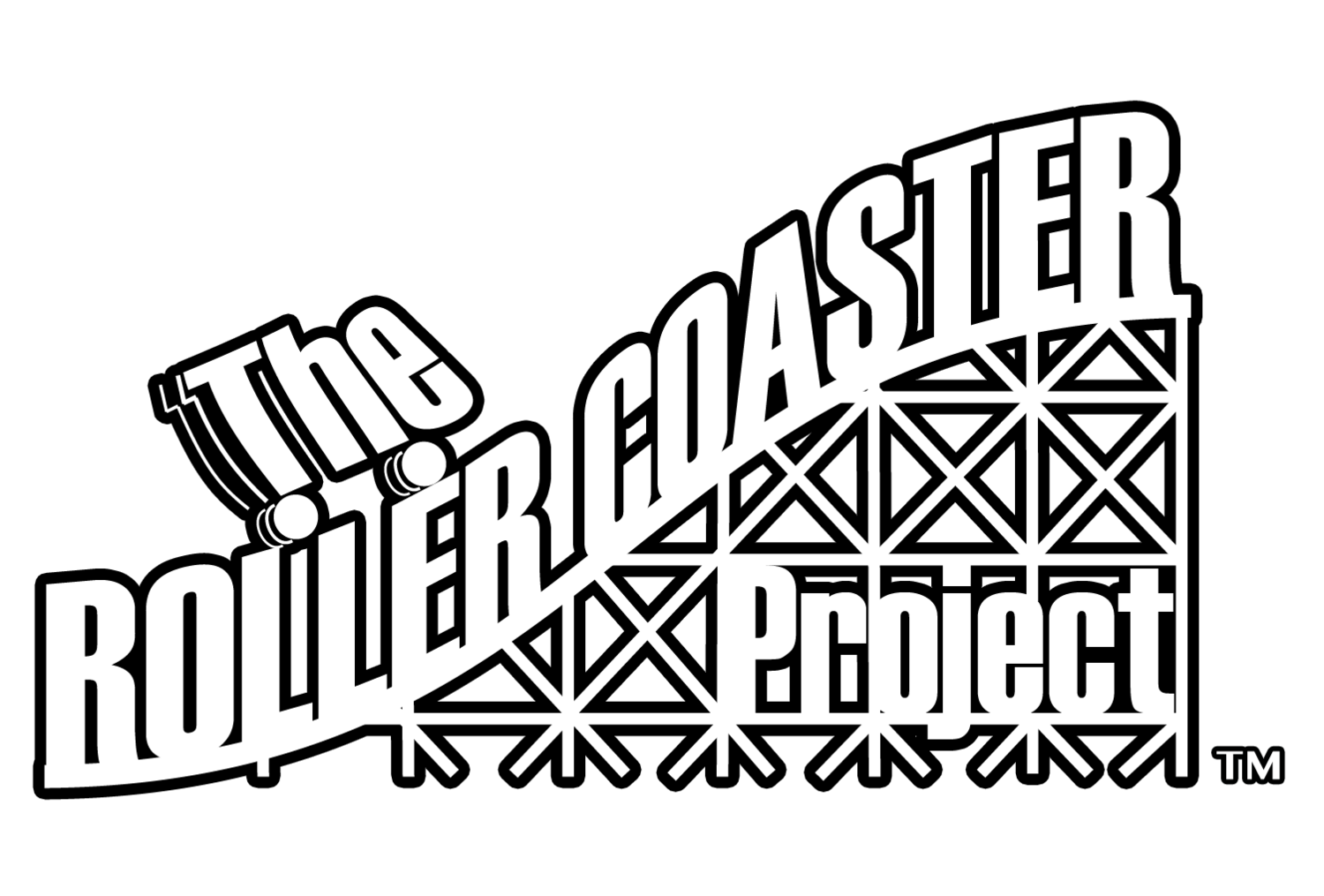A Banking Update
/Since the last video, I’ve been working on applying banking to the coaster for two turns. Only turns of higher speed will require banking, and some considerations had to be made: don’t bank this coaster.
What? I thought this was an update on banking?
Calm down, first of all. I will be banking A coaster just not this one. For a banking example, I will be creating a spiral drop to show the design process. So why not banking in this coaster?
PrOfile aNd banking designed
I actually designed the banking for the coaster. But through more and more examination, I figured the cars wouldn’t be able to maneuver the turns without becoming pinned. The reason for this lack of travel is due to “articulation.”
Articulation represents the car’s ability to turn some angle per unit length. For this coaster, the cars are a fixed wheel base meaning that the wheel assemblies do not rotate along the longitudinal axis. Sounds complicated, yes, it is. Also don’t end sentences in prepositions…oops.
My goal for this mini coaster is to make a “Standard” version, since this is the first one of many (hopefully). Being that this coaster is the first attempt, a prototype if you will, and the cars are fixed base we have no banking.
But you said you designed the banking already? I can see it above, David!
Again, calm down.
Adding banking
I did begin to add the banking to the 3D model and it began to look very realistic. The above image is representative of how real banking on a wood coaster is calculated. I will go into this a bit more in later videos.
About halfway through the banking update, I decided to check on car articulation. At that point, I figured the best change of angle these little cars could achieve was 4 degrees per 30 mm. This is an axle-to-axle dimension.
For future car designs, I will be incorporating trailer style hitches which should allow high articulation rates and banking galore!





